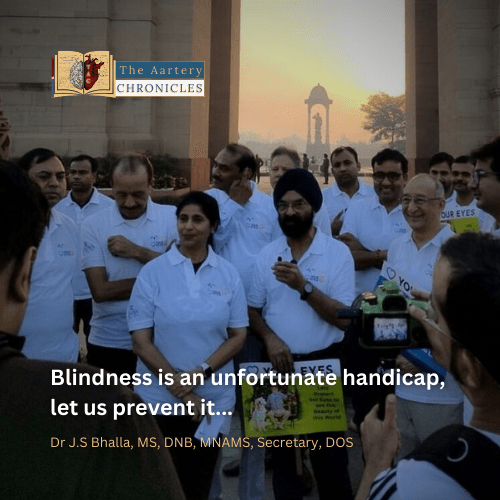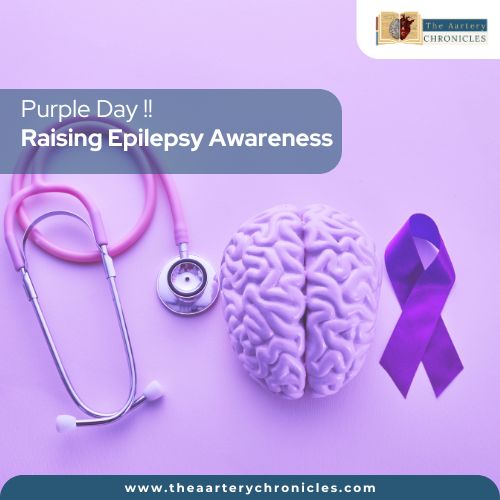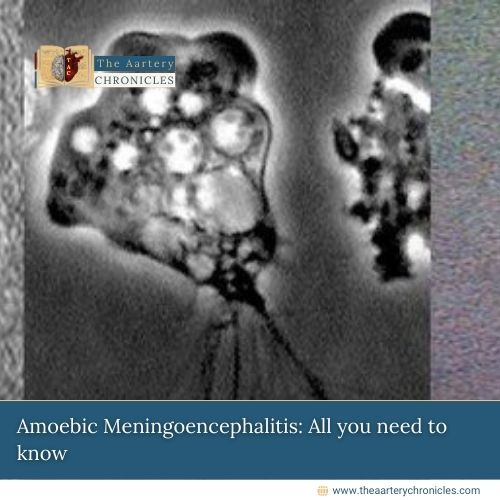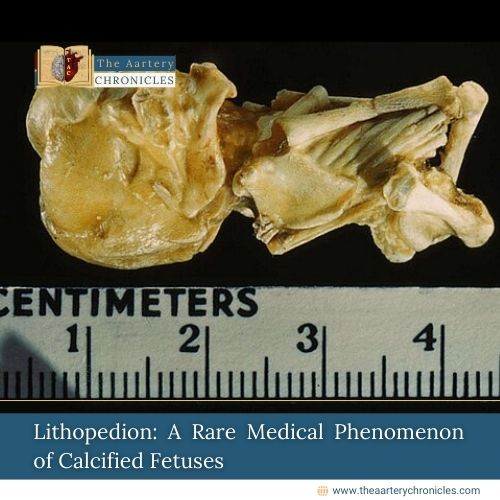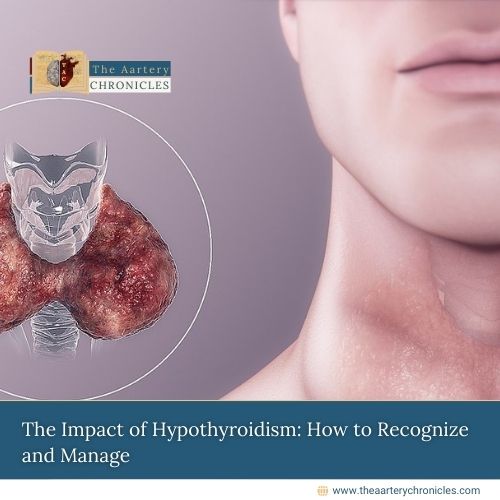
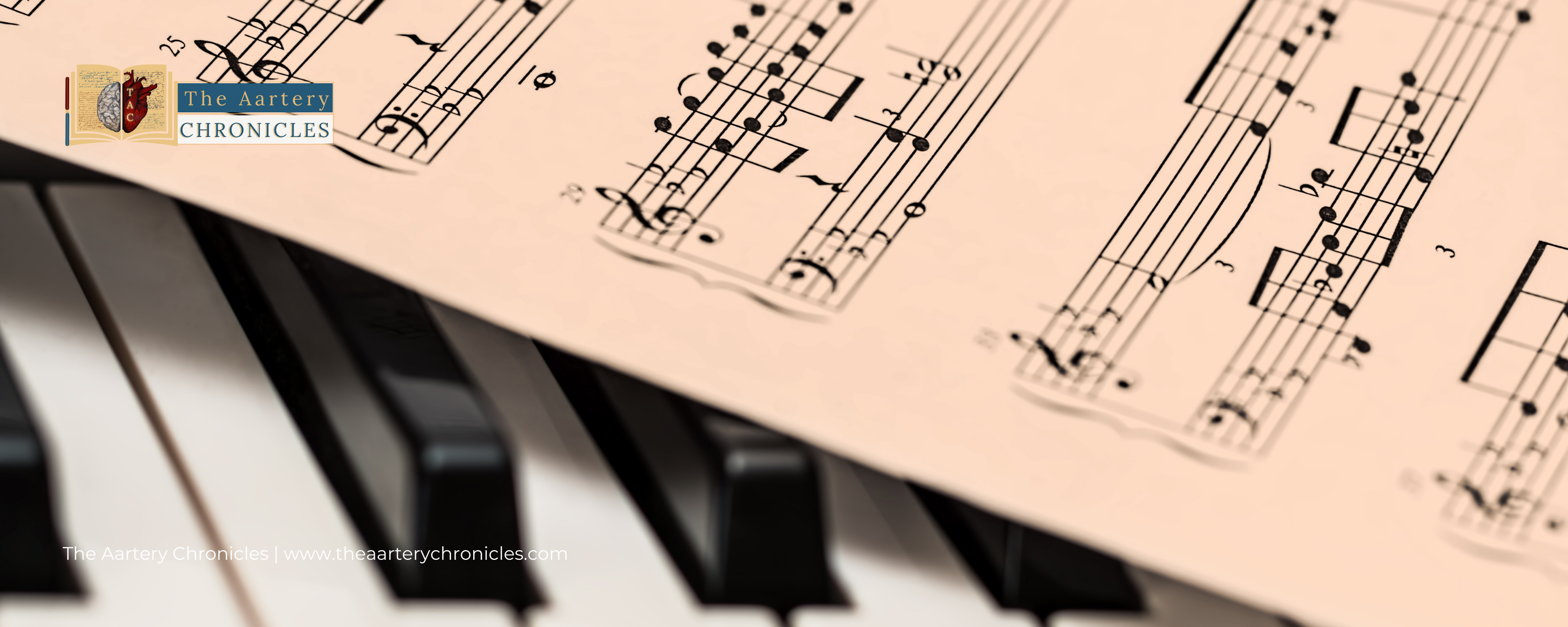
The Harmonious Duel Between Music and Pain Perception |
The Harmonious Duel Between Music and Pain Perception
Gate Control Theory of Pain Perception:
The gate control theory, a foundational concept in pain physiology, suggests that the spinal cord acts as a “gate” regulating the flow of pain signals to the brain. When non-painful sensory input (such as tactile or auditory stimuli) is introduced, it competes for the brain’s attention, thereby “closing the gate” to the transmission of pain signals. This neural phenomenon highlights the intricate interplay between sensory modalities and their potential to modulate pain perception.
The Gate Control Theory, initially proposed by psychologists Ronald Melzack and Patrick Wall in 1965, is a widely accepted model that explains how pain signals are processed and perceived by the brain. This theory revolutionized the understanding of pain perception and has significant implications for pain management, including its application in conjunction with music therapy.
According to the Gate Control Theory, pain perception is not solely determined by the intensity of a painful stimulus. Instead, it emphasizes the role of the central nervous system in regulating the flow of pain signals to the brain. The spinal cord is considered a “gate” that can either amplify or inhibit the transmission of pain signals, depending on the interaction between different types of sensory input.
Non-painful sensory input, such as touch, pressure, or vibration, can stimulate large-diameter nerve fibres known as A-beta fibres. These fibres carry signals related to non-painful sensations and can “close the gate” to pain transmission. When these non-painful sensory signals are activated, they compete for attention in the spinal cord with smaller-diameter pain fibres (A-delta and C fibres). As a result, the gate is partially closed, reducing the perception of pain.
The Gate Control Theory suggests that by stimulating non-painful sensory pathways, one can modulate pain perception. This concept has been applied in various pain management techniques, including massage therapy, heat therapy, and transcutaneous electrical nerve stimulation (TENS). The Gate Control Theory has been extended to the field of music therapy, explaining how music can serve as a competing stimulus to pain signals. The sensory engagement and emotional resonance elicited by music can activate large-diameter nerve fibres, thus influencing pain perception.
When an individual listens to music, various sensory and emotional components are simultaneously engaged. The rhythmic patterns, melodies, harmonies, and emotional qualities of music stimulate multiple sensory pathways. These sensory pathways can activate A-beta fibres, which, in turn, compete for the brain’s attention with the pain signals carried by smaller-diameter fibres. As a result, music therapy can have a diversionary effect, redirecting the brain’s focus away from pain sensations. Moreover, the emotional and physiological responses triggered by music, such as the release of endorphins (natural pain-relieving chemicals) and the modulation of autonomic nervous system activity, contribute to the overall reduction in pain perception.
Incorporating music therapy as part of pain management strategies aligns with the principles of the Gate Control Theory by harnessing the power of sensory engagement and attentional diversion to alleviate pain and promote well-being.
Music as a Competing Stimulus:
In the context of pain management, music serves as a powerful competing stimulus that can effectively engage the brain’s attention, diverting it from pain signals. The complex sensory experience of music involves various brain regions, leading to a phenomenon known as “attentional diversion.” As the brain focuses on the rhythm, melody, and emotional nuances of music, it allocates fewer cognitive resources to processing pain signals, ultimately resulting in reduced pain perception.
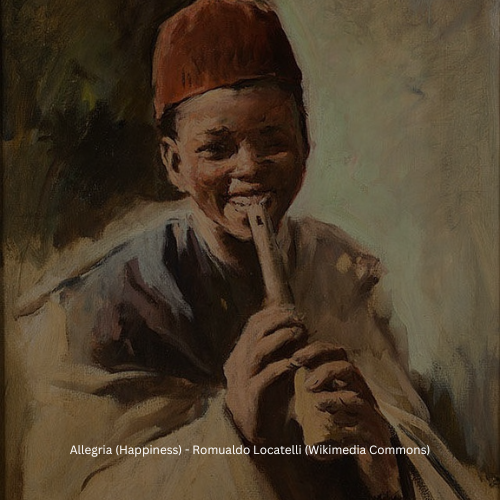
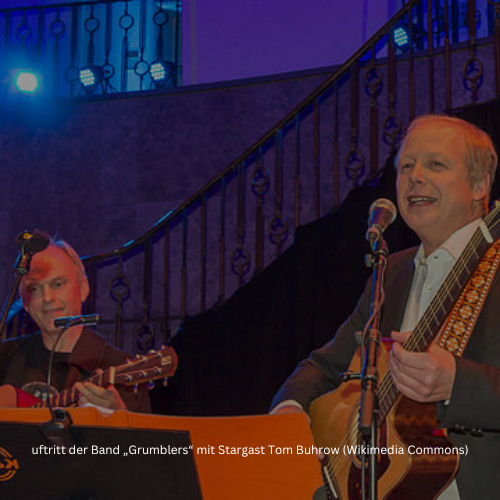
Research on Music Therapy and Pain Reduction:
Numerous studies have explored the analgesic effects of music therapy during medical procedures. One notable study conducted in a clinical setting found that patients undergoing minor surgical procedures experienced significantly lower pain scores when exposed to carefully selected music. The rhythmic patterns and emotional resonance of the music contributed to an overall decrease in perceived pain intensity and an improved subjective experience.
Moreover, research has revealed that the physiological responses induced by music, such as the release of endorphins and the modulation of autonomic nervous system activity, further contribute to pain relief. The synchronization between musical tempo and heart rate has been demonstrated to create a calming effect, potentially leading to a decrease in perceived pain and anxiety.
The Role of Personalized Music Selection:
Personalized music therapy plays a pivotal role in pain management. Tailoring musical choices to an individual’s preferences can enhance the analgesic effect. When patients are engaged with music that resonates on a personal and emotional level, the diversionary and emotional components of pain modulation are maximized.


Clinical Applications and Future Perspectives:
The integration of music therapy as an adjunctive approach to pain management holds promise across a spectrum of medical settings. From preoperative interventions to postoperative recovery, the utilization of music as an analgesic tool aligns with the principles of patient-centred care. However, further research is essential to elucidate the precise mechanisms by which music impacts pain perception and to optimize protocols for specific patient populations.

Music As A Competing Stimulus:
In the context of pain management, music serves as a powerful competing stimulus that can effectively engage the brain’s attention, diverting it from pain signals. The complex sensory experience of music involves various brain regions, leading to a phenomenon known as “attentional diversion.” As the brain focuses on the rhythm, melody, and emotional nuances of music, it allocates fewer cognitive resources to processing pain signals, ultimately resulting in reduced pain perception.

Research On Music Therapy And Pain Reduction:
Numerous studies have explored the analgesic effects of music therapy during medical procedures. One notable study conducted in a clinical setting found that patients undergoing minor surgical procedures experienced significantly lower pain scores when exposed to carefully selected music. The rhythmic patterns and emotional resonance of the music contributed to an overall decrease in perceived pain intensity and an improved subjective experience.
Moreover, research has revealed that the physiological responses induced by music, such as the release of endorphins and the modulation of autonomic nervous system activity, further contribute to pain relief. The synchronization between musical tempo and heart rate has been demonstrated to create a calming effect, potentially leading to a decrease in perceived pain and anxiety.

The Role Of Personalized Music Selection:
Personalized music therapy plays a pivotal role in pain management. Tailoring musical choices to an individual’s preferences can enhance the analgesic effect. When patients are engaged with music that resonates on a personal and emotional level, the diversionary and emotional components of pain modulation are maximized.

Clinical Applications And Future Perspectives:
The integration of music therapy as an adjunctive approach to pain management holds promise across a spectrum of medical settings. From preoperative interventions to postoperative recovery, the utilization of music as an analgesic tool aligns with the principles of patient-centred care. However, further research is essential to elucidate the precise mechanisms by which music impacts pain perception and to optimize protocols for specific patient populations.
Evidence supporting Music Therapy and its role in Pain Reduction:
“Music Modulation of Pain Perception” (2011) – This study by Bernatzky et al. investigated the effects of music on pain perception in healthy participants using functional magnetic resonance imaging (fMRI). The findings suggested that music significantly reduced pain perception by activating brain areas associated with reward and emotional processing.
“Effect of Music Therapy on Pain, Anxiety, and Use of Opioids Among Patients Underwent Orthopedic Surgery: A Systematic Review and Meta-Analysis” (2021) – The systematic review reported that patients who received music therapy after joint replacement surgery reported reduced pain intensity, lower anxiety levels, and decreased opioid consumption compared to the control group.
“Music’s effect on pain relief during outpatient urological procedures: a single centre, randomized control trial focusing on gender differences” (2021) – A study conducted by Christopher et al. examined the effects of live music therapy on pain during urological procedures. Patients who received live music intervention reported significantly lower pain scores compared to the control group.
Clinical Cases where music therapy has proven useful:
Pediatric Burn Patients
Music therapy has been employed successfully with pediatric burn patients. In one case, a young burn patient experienced reduced pain and anxiety levels during wound care procedures while listening to calming music, leading to a more positive overall hospital experience.


Post-Operative Recovery
A clinical case involved a patient recovering from abdominal surgery. Music therapy sessions, which included guided relaxation and soothing music, contributed to a quicker recovery, minimized post-operative pain, and improved the patient’s emotional well-being.
Cancer Patients
Several case studies have highlighted the benefits of music therapy for cancer patients undergoing various treatments. Patients reported reduced pain perception, improved mood, and better-coping mechanisms through music interventions.


Labour and Delivery
Music therapy has been used to support pain management during labour and delivery. In a case, a pregnant woman utilized music therapy techniques, such as deep breathing synchronized with soothing music, to help manage pain and create a more positive birthing experience.

Pediatric Burn Patients
Music therapy has been employed successfully with pediatric burn patients. In one case, a young burn patient experienced reduced pain and anxiety levels during wound care procedures while listening to calming music, leading to a more positive overall hospital experience.

Post-Operative Recovery
A clinical case involved a patient recovering from abdominal surgery. Music therapy sessions, which included guided relaxation and soothing music, contributed to a quicker recovery, minimized post-operative pain, and improved the patient’s emotional well-being.

Cancer Patients
Several case studies have highlighted the benefits of music therapy for cancer patients undergoing various treatments. Patients reported reduced pain perception, improved mood, and better-coping mechanisms through music interventions.

Labour And Delivery
Music therapy has been used to support pain management during labour and delivery. In a case, a pregnant woman utilized music therapy techniques, such as deep breathing synchronized with soothing music, to help manage pain and create a more positive birthing experience.
Conclusion
The harmonious interaction between music and pain perception through the gate control theory offers a fascinating avenue for enhancing patient comfort and well-being. The potential of music therapy to provide a competing stimulus that diminishes pain signals underscores its significance in modern healthcare practices, exemplifying the intricate interplay between sensory experiences and physiological responses in the context of pain modulation.

Author: Dr Malhar Mone

